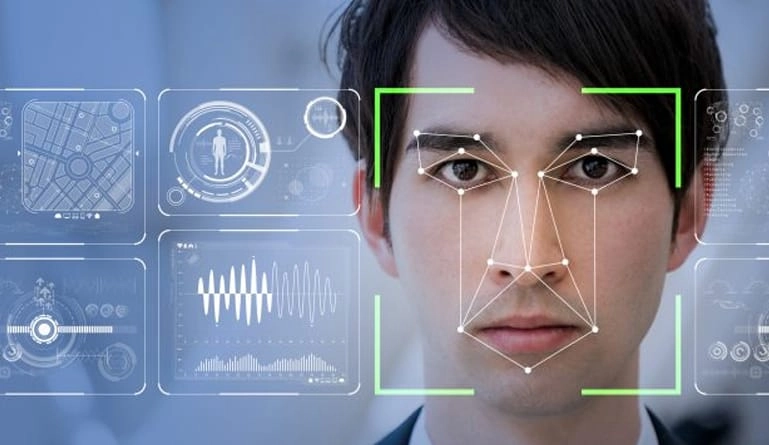Online face recognition technology refers to the use of computer algorithms to identify and match human faces in digital images or videos. This technology has been widely adopted in various fields, including security, surveillance, and marketing. However, it also raises concerns about privacy and security.
Pros of Online Face Recognition Technology:
1)Security
One of the main benefits of online face recognition technology is its ability to enhance security measures. It can be used to identify and authenticate individuals at secure facilities, such as airports and government buildings, reducing the risk of unauthorized access.
This can help organizations to protect their assets and data from unauthorized access and reduce the risk of fraud or cyberattacks.
2) Surveillance
Face recognition online technology can also be used for surveillance purposes, such as monitoring public spaces for criminal activity or tracking individuals of interest. This can help law enforcement agencies to quickly identify suspects and prevent crime.
This can help to improve public safety and reduce crime rates.
3) Marketing
Online face recognition technology can also be used in the marketing industry to target specific demographics with advertising. For example, it can be used to identify the gender, age, and emotions of customers in a store, allowing retailers to tailor their marketing efforts.
This can help to increase sales and customer loyalty.
4) Convenience
Online face recognition technology can also be used to improve convenience in various settings.
For example, it can be used to unlock smartphones, open doors and make payments without using passcodes or cards. This can make everyday tasks easier and more efficient for users.
Cons of Online Face Recognition Technology:
1) Privacy
One of the main concerns about online face recognition technology is its impact on privacy. It can be used to collect and store personal information without consent, which could be used for nefarious purposes such as identity theft or targeted advertising.
This can lead to a loss of privacy and the erosion of civil liberties.
2) Bias
Online face recognition technology can also be prone to bias, particularly when it comes to identifying individuals from certain ethnic or racial backgrounds. This can lead to false identifications and discrimination.
This can lead to false identifications and wrongful arrests, particularly for individuals from marginalized communities.
3) Misuse
Online face recognition technology can also be misused by governments and private companies for surveillance and control, which could lead to a loss of civil liberties.
For example, governments may use face recognition to monitor citizens’ movements and activities, or to target individuals for political or ideological reasons. This can lead to a loss of freedom and the erosion of democratic values.
4) Accuracy
Face recognition online technology is not foolproof and can be subject to errors and inaccuracies, which could lead to false identifications and wrongful arrests.
This can lead to wrongful arrests and other legal problems, particularly if the technology is used in critical applications such as security or law enforcement.
In conclusion, face recognition online technology has the potential to enhance security, surveillance, and convenience, but it also raises concerns about privacy, bias, misuse, and accuracy. It is important that the use of this technology is carefully regulated and monitored to ensure that it is used in a responsible and ethical manner. This includes ensuring that individuals’ privacy and civil liberties are protected, that the technology is not biased against certain groups, and that it is accurate and reliable. Additionally, it is important for organizations to be transparent about their use of face recognition technology and to give individuals the ability to opt-out or control their data. Ultimately, the key to responsible use of online face recognition technology is balancing its benefits with the potential risks and taking steps to mitigate those risks.





